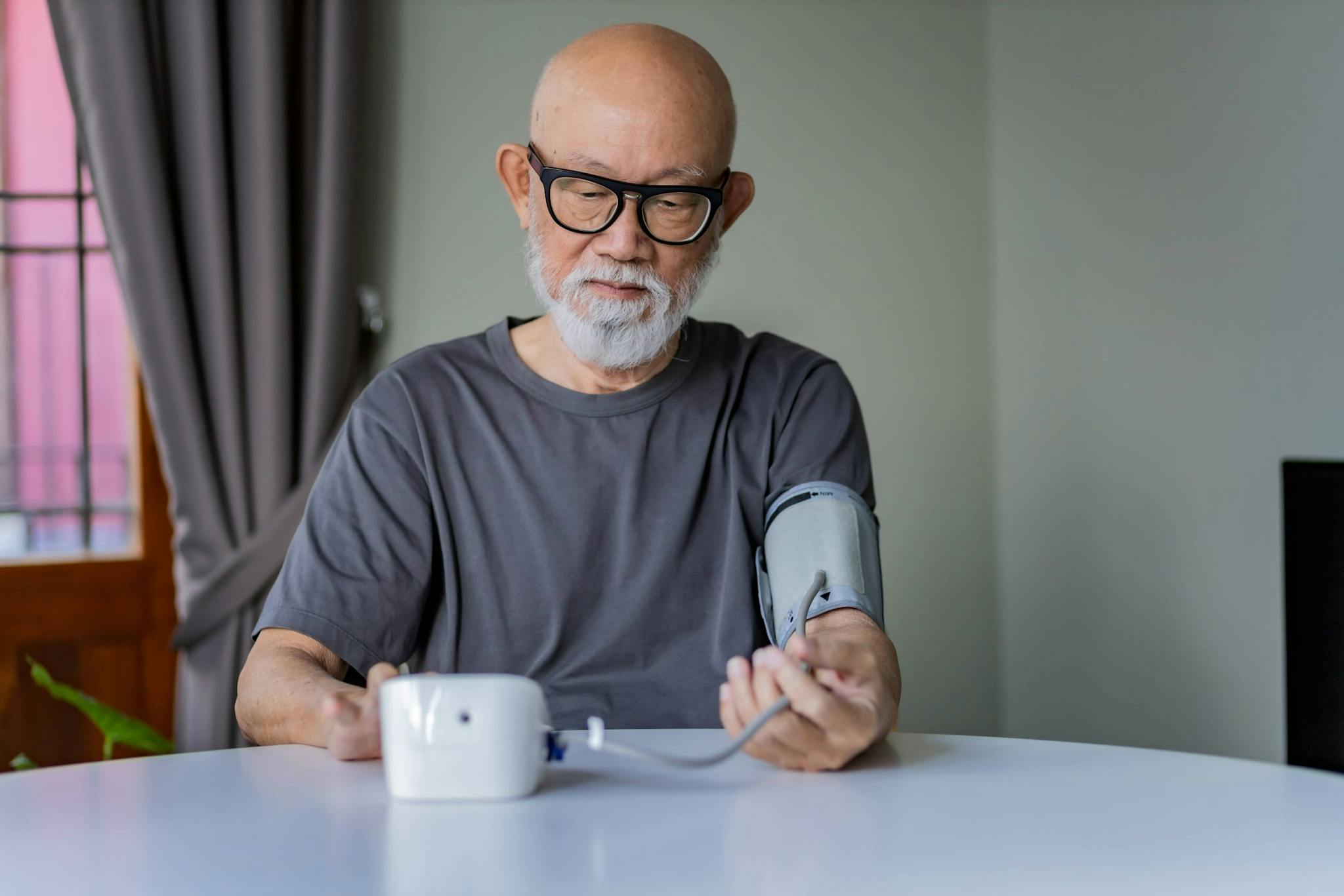
2025-04-24T14:00:43
The DASH Diet: What it is and How it Supports Your Heart
- Cardiology
- Family Medicine
October 30, 2017 | Cardiology
Specialties:General Cardiology

Your heart is one of the most important muscles in the body, and it pumps enough blood to fill three supertanker trucks over the course of a lifetime. One of the primary vessels through which it does so is the aorta, the largest blood vessel in the body.
The aorta is meant to be durable, but the volume of blood flow through it can sometimes cause the walls of the aorta to weaken and bulge. This is called an aortic aneurysm, which could cause a leak that spills blood into the body. There are two different kinds of aneurysms and multiple potential results. An aneurysm may or may not burst, or it may force blood away from important tissues. Here is some basic information about both types, and how aneurysms are diagnosed and treated.
Thoracic Aortic Aneurysm
A thoracic aortic aneurysm is one that’s located in the chest. It can be caused by a variety of factors, including:
In many cases, symptoms of a thoracic aortic aneurysm do not show up until after the aneurysm becomes large or bursts. However, possible signs before this point include:
Routine screenings, particularly for genetic conditions, can be valuable for helping your doctor find if you have a higher chance of a thoracic aortic aneurysm.
Abdominal Aortic Aneurysm
An abdominal aortic aneurysm can take place in the part of the aorta that passes through the abdomen. Abdominal aneurysms do not usually have any telltale signs to warn you, but you might experience:
If the aneurysm ruptures, you could feel sick to your stomach or develop a sudden, intense pain in the back of your abdomen. You might also vomit, sweat or become dizzy.
Doctors aren’t completely sure what causes an abdominal aortic aneurysm, but they suspect a few factors might tie in:
Diagnosis and Treatment
In many cases, both kinds of aneurysms can be detected during a basic physical exam. In addition, a screening test like an ultrasound (most commonly for abdominal aortic aneurysms), X-ray, echocardiogram, or CT scan (all possible for thoracic aortic aneurysms) might be used.
If an aneurysm grows too rapidly in size or becomes a significant problem, surgery may be required to replace the damaged part of the aorta with a man-made tube. This graft will make this section of the aorta stronger. In other cases, your doctor may just want to keep tabs on a smaller aneurysm to make sure that it doesn’t get bigger and become an issue requiring surgery.
If you’ve had an aortic aneurysm or at risk, speak to your doctor about treatment or screenings.
Our providers are board certified in general cardiology and interventional cardiology. We have over 30 providers with decades of experience in heart-related care. As a part of Utah’s largest independent physician group, we have a network of physicians who are able to care for all cardiology needs.
Sources:
“What is an Aortic Aneurysm?” WebMD. http://revere-health.hqdemo.app/live-better/dangers-high-blood-pressure/
“Aortic Aneurysm.” MedlinePlus. https://medlineplus.gov/aorticaneurysm.html
WRITTEN BY:
The Live Better Team

2025-04-24T14:00:43

2024-02-12T10:43:02

2024-02-05T15:00:39

2023-03-21T11:33:07
This information is not intended to replace the advice of a medical professional. You should always consult your doctor before making decisions about your health.